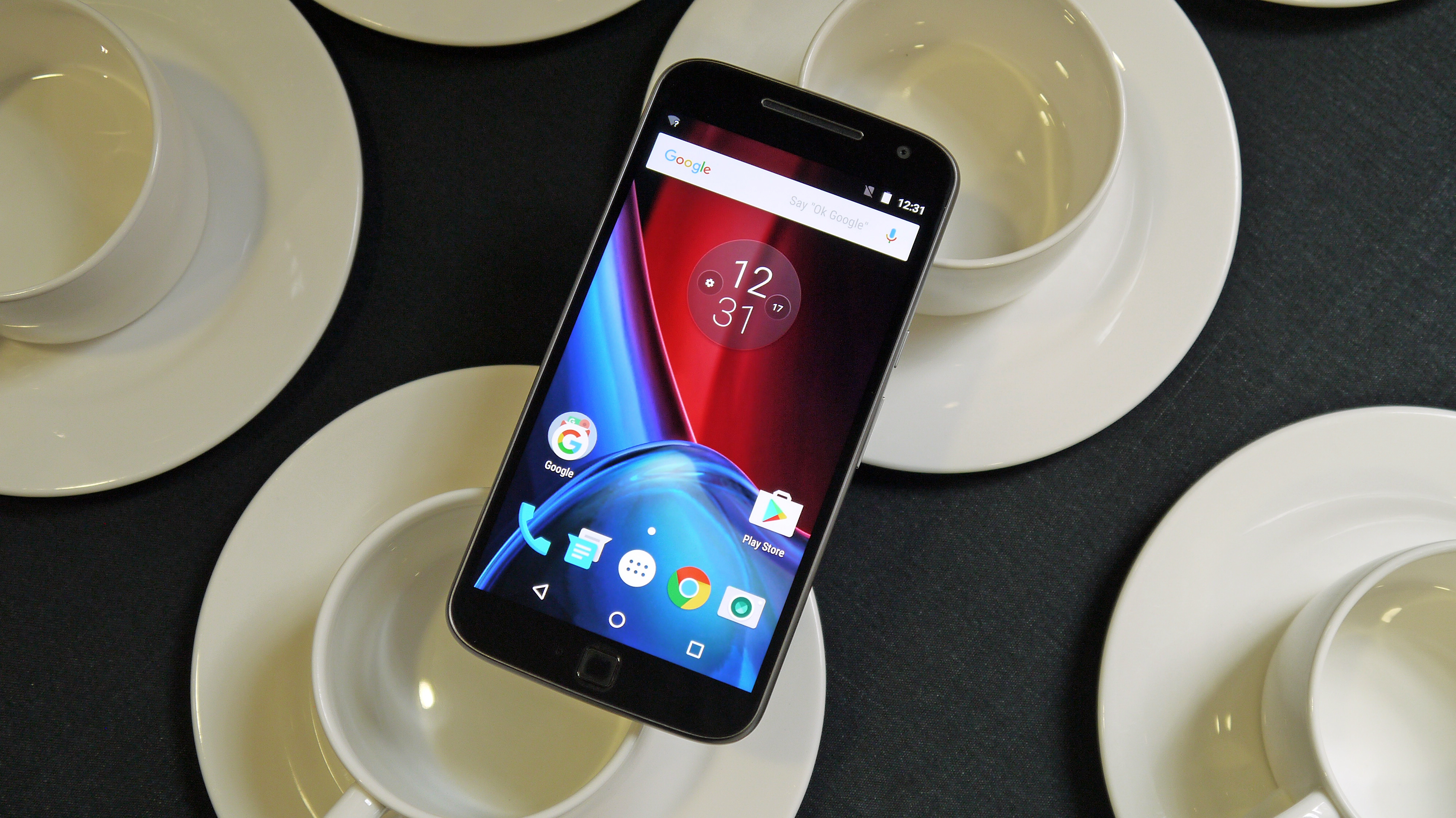Why you can trust TechRadar
Fast fingerprint sensor
One of the main attractions of the Moto G4 Plus over the Moto G4 is its fingerprint sensor. I found it to be fast and accurate, bringing the screen to life immediately every time I touched it.
A fingerprint sensor is one of those features that you can live without until you actually try it, and then it becomes essential. Being able to unlock your phone with a simple touch is incredibly convenient, and it enables you to stay secure without having to tap in a PIN or swipe your pattern.
Cumulatively, you save a lot of time, so it's nice to see fingerprint sensors making their way onto cheaper phones.

That said, the implementation of the fingerprint sensor in the G4 Plus isn't perfect. Sadly, there's no support for NFC and that means no Android Pay – and if you want to be able to use your phone to make payments, that's going to turn you off the G4 Plus.
Then there's the fact that the sensor is a tiny square that looks like a button, but actually isn't one. I lost count of the number of times I tapped it, expecting it to take me to the home screen, but then realized I had to take the additional step of tapping the on-screen home button. It's a minor thing, but annoying.
Some people like the fact that the fingerprint sensor doesn't require a press. With the iPhone 6S, for example, you have to press the home button (if the screen is off) before it can read your fingerprint. Now, the iPhone 7 is more in line with the G4 Plus' method.
The G4 Plus works like the Nexus 6P, in that you touch the sensor and the phone wakes immediately, but unlike the 6P, the sensor isn't tucked away on the back. I found that I sparked a fingerprint read error quite often just picking up and carrying the G4 Plus, because it's triggered if any part of your hand touches it.
A quality camera
The other key reason to consider dropping the extra cash to get the Moto G4 Plus over the Moto G4 is the camera improvements. The main shooter is rated at 16MP, compared to 13MP in the G4.
The G4 Plus camera also uses a combination of phase detection autofocus and laser focusing, and a pro mode that enables you to tweak everything from the ISO setting to white balance.
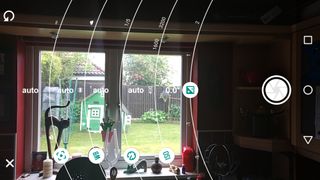
If you know what you're doing, then the pro mode is going to be attractive. And even if you don't use pro mode, the extra megapixels and the improvements in focusing result in sharper photos with better detail. The main camera in the G4 Plus is definitely better than the one in the G4, although it's not a huge jump.
I'll dip into the camera in more depth later. For now, suffice to say that this is the best camera I've seen in a budget Moto phone, and it's a real strength where you normally find a weakness in budget Android devices.
A light touch on the latest Android
Parent firm Lenovo hasn't weighed in with its heavy UI, preferring to stick with Motorola's commitment to almost stock Android, with a light dusting of vaguely handy features on top.
You can use gestures to quickly trigger the camera or torch, or to silence your Moto G4 Plus. You also get notifications popping up on screen, which is important because the G4 Plus doesn't have a traditional LED notification light at the top of the screen.
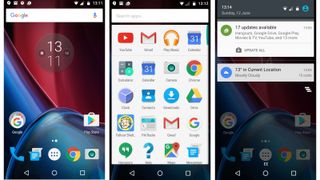
Another thing I really liked about the Moto G4 Plus is the complete lack of pointless bloatware. It's refreshing to find that Google's apps are the defaults – you don't need another web browser when you have Chrome, and you don't need another gallery app when you have Photos.
Motorola recently brought Android Nougat to the Moto G4 Plus with a few standout features in tow, including split-screen multitasking - a productivity-leaning feature that also just allows you to do more fun stuff simultaneously.
Additionally, the upgrade brings an enhanced version of Doze, so that you'll get the same battery-saving benefits while the phone is in your pocket instead of sitting on the night stand.
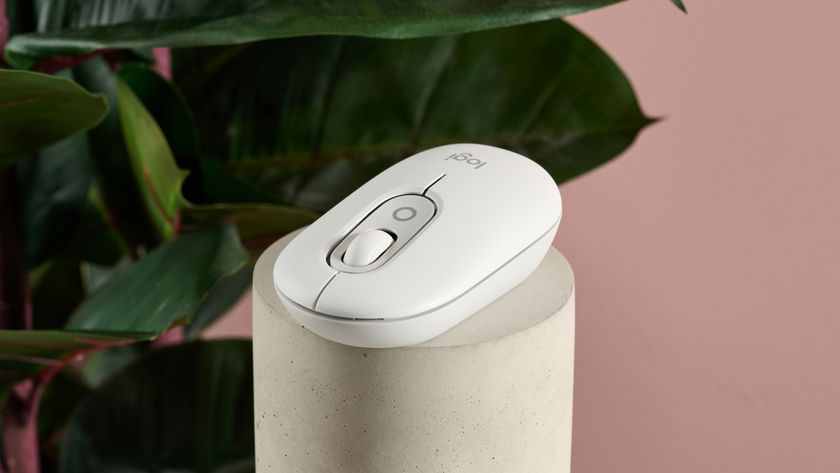
I love the feel of the Logitech POP Mouse, but it does miss out on a few features

Severance season 2 episode 4 recap: I can't stop thinking about the show's scariest ever moment
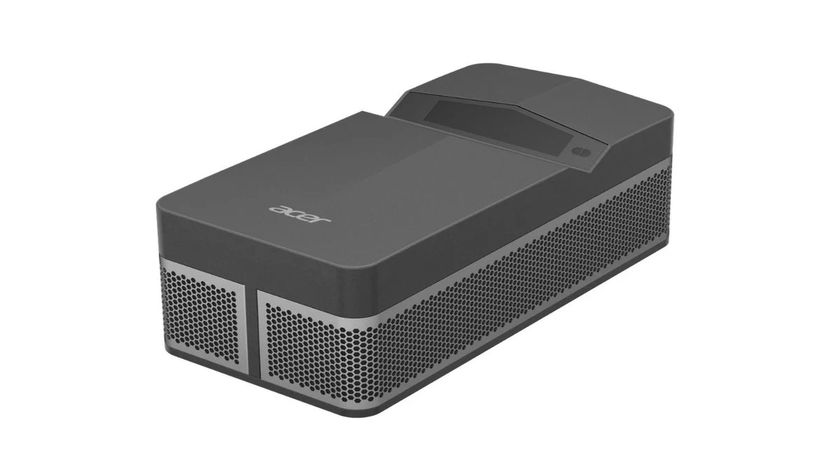
Could this be the world's smallest ultra short throw projector? Lilliputian Acer projector weighs only 740g and projects 100-inch pictures
Most Popular





